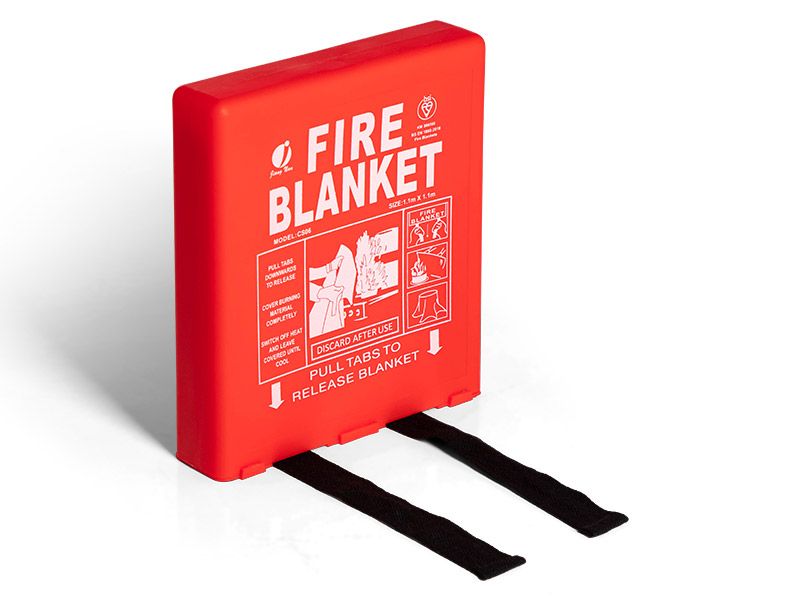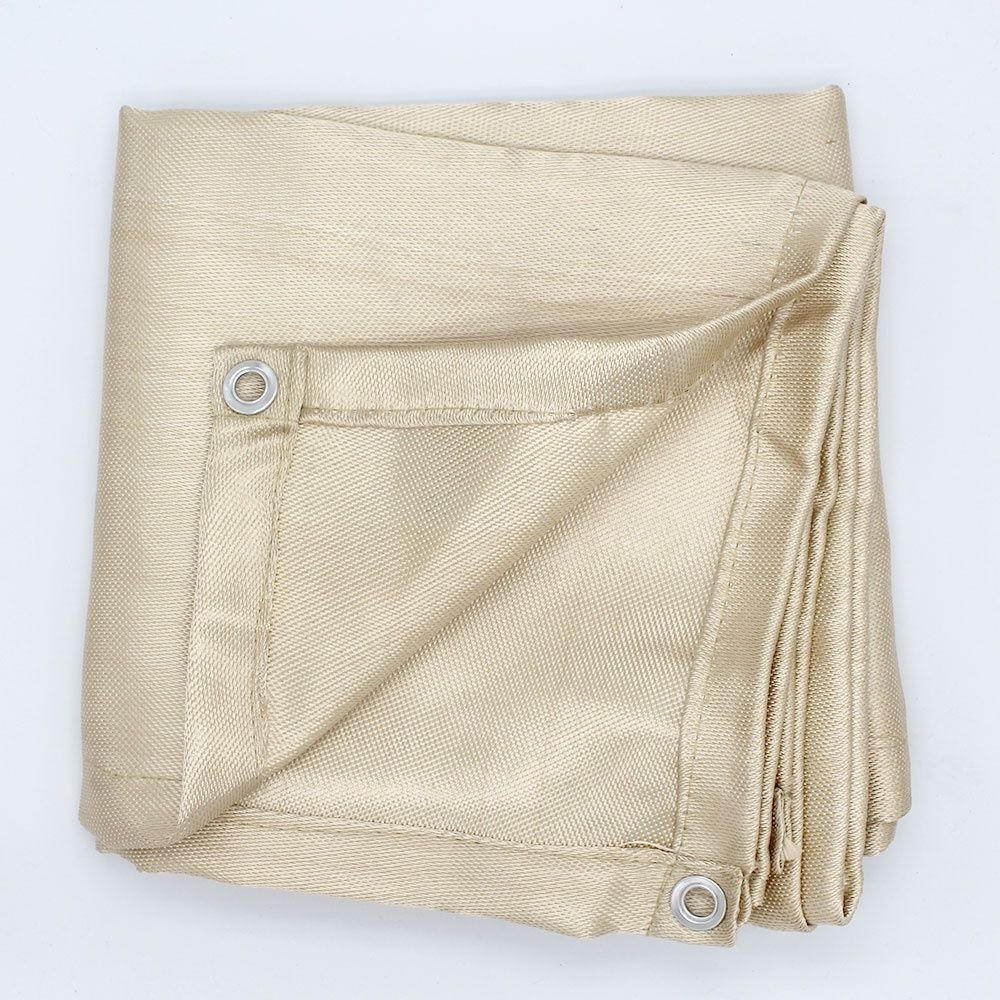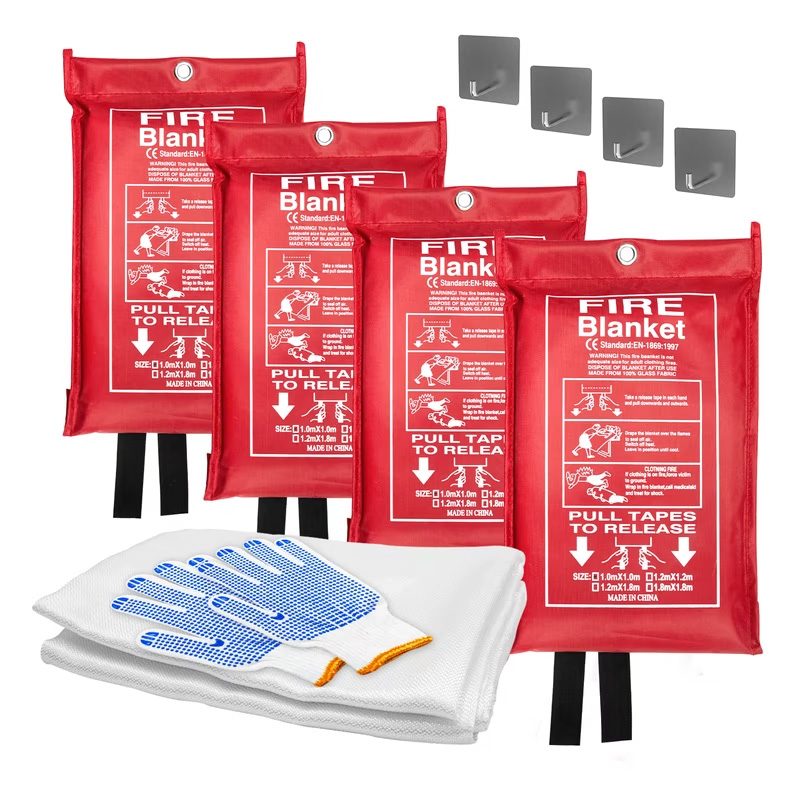High Temp Welding Blanket Guide: Uses, Benefits & Safety Tips
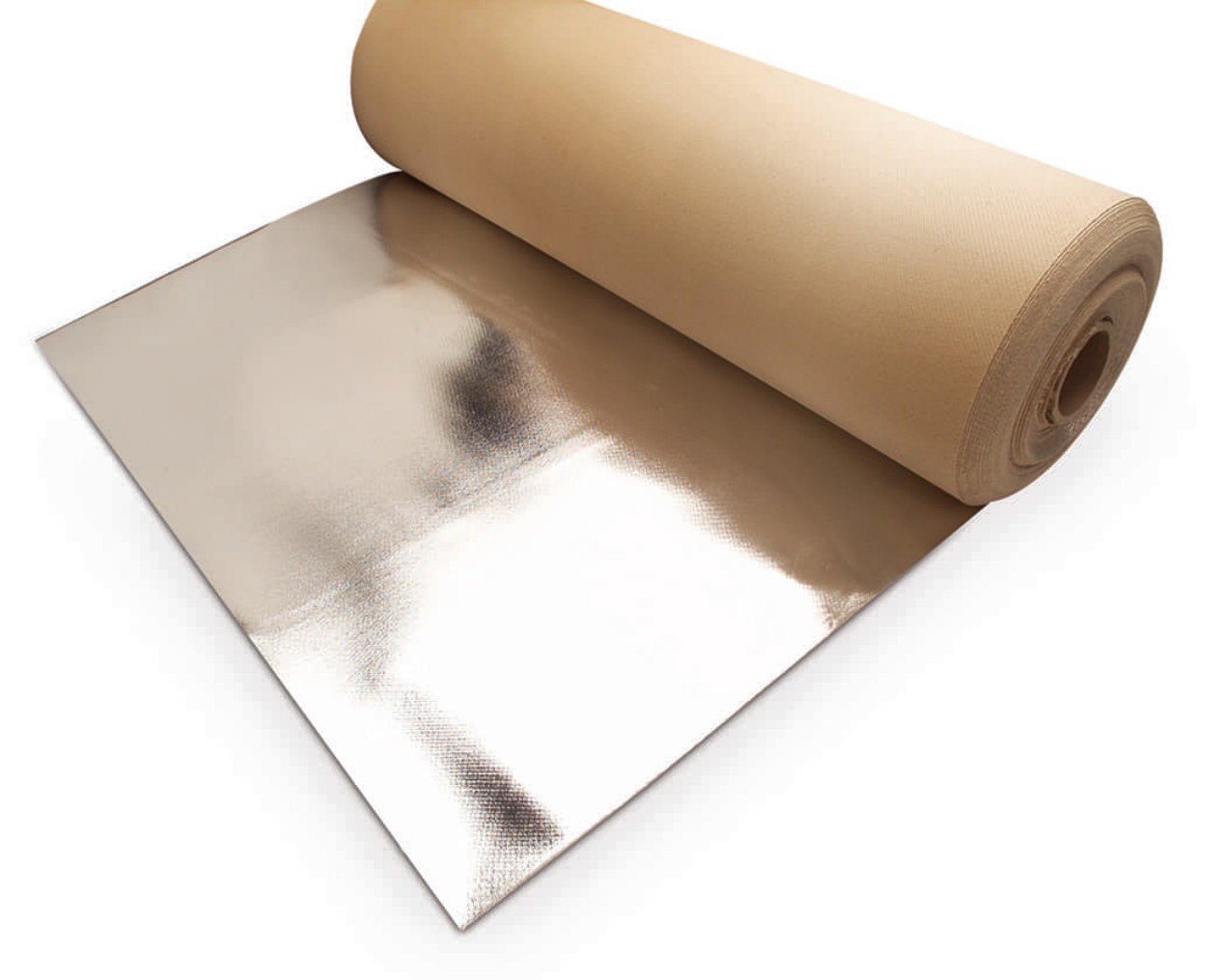
Summary:High temp welding blankets protect against sparks, slag, and heat up to 3000°F. They're essential for fire safety in metalworking, construction, and industrial applications. This guide explains their materials, proper use, and key benefits.
What Is a High Temp Welding Blanket?
When you weld or cut metal, sparks and molten slag can reach 2000-3000°F. A high temp welding blanket acts as a protective barrier made from heat-resistant materials like fiberglass, silica, or ceramic fibers. Unlike regular tarps, these specialized blankets won't melt or catch fire when exposed to extreme heat.
Key Applications
You'll find high temp welding blankets useful for:
- Protecting floors and walls from welding spatter
- Covering flammable materials near work areas
- Containing sparks during grinding or cutting
- Emergency fire suppression in industrial settings
- Insulating pipes and equipment during hot work
Material Options
Choose your blanket based on temperature needs:
| Material | Max Temperature | Best For |
|---|---|---|
| Fiberglass | 1000°F | Light welding, general protection |
| Silica | 1800°F | Most arc welding applications |
| Ceramic Fiber | 3000°F | Plasma cutting, heavy industrial use |
Safety Benefits
Using a high temp welding blanket properly gives you three layers of protection:
- Fire prevention:Contains sparks that could ignite nearby materials
- Heat shielding:Reduces radiant heat transfer to surrounding surfaces
- Slag containment:Catches molten metal droplets that could burn through floors
Proper Usage Tips
To get maximum protection from your high temp welding blanket:
- Always overlap multiple blankets by at least 6 inches when covering large areas
- Secure edges with non-flammable weights or clips (never use plastic ties)
- Inspect for damage before each use - replace if there are holes or frayed edges
- Store rolled rather than folded to prevent crease damage
- Keep at least 18 inches away from active welding arcs to prevent direct flame contact
Maintenance & Care
Your high temp welding blanket lasts longer when you:
- Shake off slag deposits after each use (never scrape with metal tools)
- Hand wash with mild detergent if heavily soiled (no machine washing)
- Air dry completely before storage to prevent mildew
- Rotate between multiple blankets in heavy-use environments
Common Mistakes to Avoid
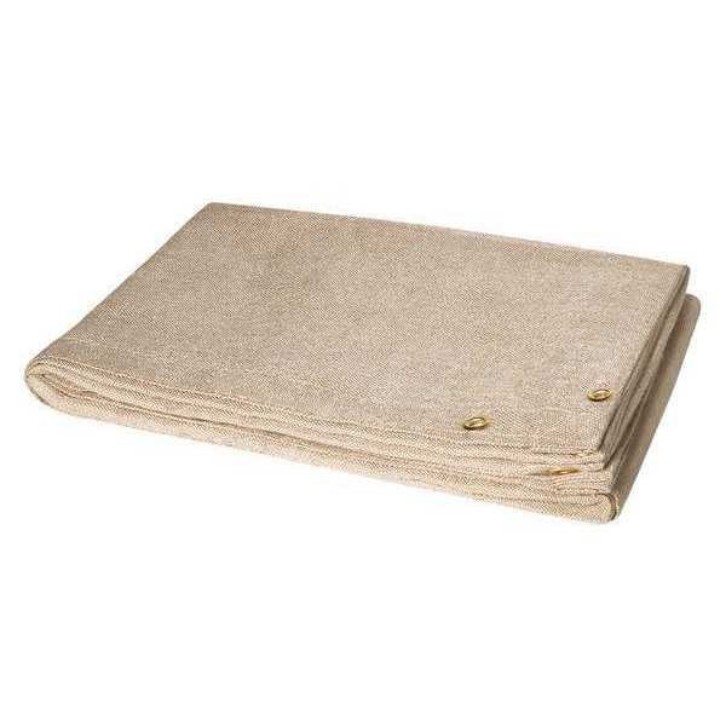
Even experienced workers sometimes make these errors with high temp welding blankets:
- Using the same blanket for years without inspection
- Placing blankets directly under the weld puddle (use additional metal backing)
- Assuming all "fire blankets" can handle welding temperatures
- Folding rather than rolling for storage (causes weak spots)
Industry Standards
Quality high temp welding blankets meet these standards:
- NFPA 51B for hot work protection
- OSHA 1910.252 welding safety requirements
- ASTM F955 for slag resistance testing
Investing in proper high temp welding blankets protects your worksite, equipment, and most importantly - your safety. Choose the right material for your specific temperature needs and always follow manufacturer guidelines for optimal performance.



